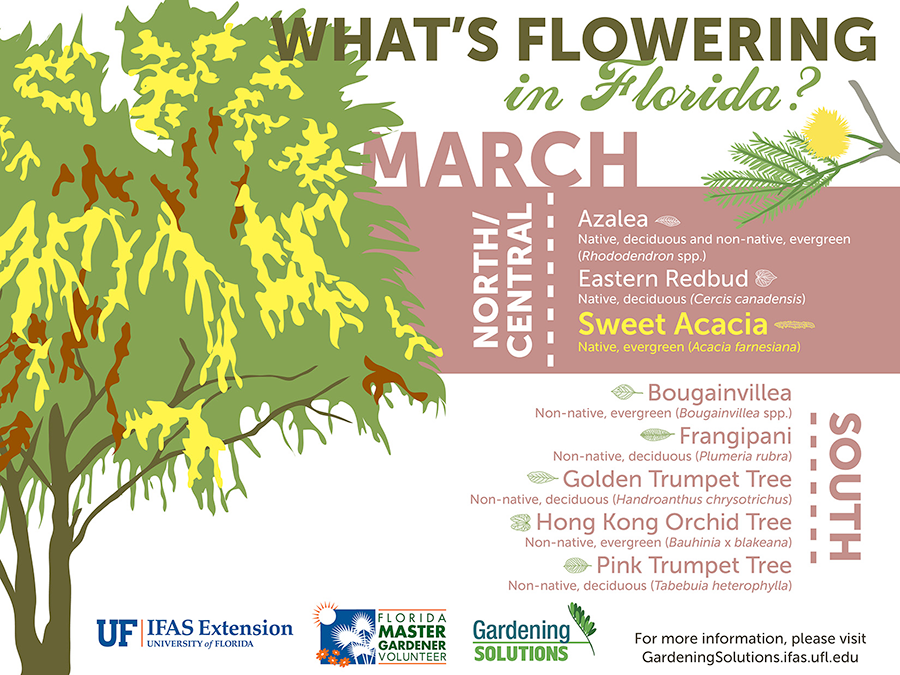Figuring Out The Correct Time For Tree Removal - A Guide For Homeowners
Figuring Out The Correct Time For Tree Removal - A Guide For Homeowners
Blog Article
Content By-Wright Lucas
Trees add appeal and worth to home, yet they can also pose a danger throughout extreme weather occasions. If a tree has actually quit growing, is showing visible fungal growth, or has a leaning trunk, it should be removed by a professional to prevent residential property damage and injury.
To learn more, attend a home owner source reasonable co-hosted by HPD, the Facility for New York City Neighborhoods, and Brooklyn-based housing companions this evening in Bedford-Stuyvesant. The occasion will include the Home owner Handbook, a brand-new guide to help homeowners navigate the responsibilities of possessing a home.
1. Dead or Perishing Branches
Trees are an important part of your home's landscape, offering shade and elegance. They also give sanctuary for wild animals and produce oxygen, but also healthy trees can experience health problems that may demand their elimination. Dead or passing away trees aren't simply undesirable, they can be hazardous. Their branches might drop during a tornado, bring about expensive building damage and injuries.
When a tree's branches begin to die, it indicates that its structure is starting to break down. If most of its branches are dead, it is most likely time to remove it.
Look for visit the up coming post of new development, bark peeling, open injuries or dental caries, fungis growing on the trunk or roots and a basic look of decay in the entire canopy. These indicators of infection can show a serious problem that will certainly need specialist tree services to settle.
2. Leaning Trunk
While it's regular for trees to lean once in a while because of phototropism, if a tree has an unsafe or extreme lean that's not due to natural processes - maybe an indicator that the tree needs to be eliminated. If the tree is favoring a power line, home, car, play structure or any other location that could be unsafe to people if it falls, then speaking to a specialist tree service for removal need to be a top concern.
It's also essential to expect any type of sudden changes in a tree's leaning as it can suggest damage to the origins or trunk that might lead to falling. This is especially true throughout thundercloud, given that high winds and rain-soaked soil can create a lean to transform swiftly. Regular surveillance, specifically throughout and after tornados can aid home owners identify possible problems with their trees so they can call an arborist for a detailed evaluation.
3. Parasite Infestation
Some pest problems, such as wood-boring pests like emerald ash borer or sap-suckers like scale insects, are so severe that they can trigger a tree to die. The best way to prevent pest problem is to monitor your trees often. Search for spots, openings, or discolorations in the fallen leaves and bark. Take a look at the trunk for fractures and signs of insect damage, such as tunnels or tracks.
If a tree becomes too infested with pests, or is close to a home or high-voltage line, an arborist may advise removal. If a leaning tree creates a new, unpredictable lean, an arborist will likely suggest removal too to make certain the security of individuals and property. If a weakened or dead tree constantly loses extreme branches, it is an indication that it is time to eliminate the tree. If a tree continues to drop branches for an extended amount of time, it could cause architectural problems and prospective building damage.
4. Damaged Trunk
Trees are a beautiful and integral part of our landscape, however they do require routine like keep them healthy and risk-free. If a tree is harmed beyond repair it is likely time for it to find down.
Seek indications of damages to the trunk, including vertical fractures, joints, dead branch stubs, noticeable wounds or open dental caries and severe tree-rot. The presence of fungi at the base of the trunk is another warning indication. Fungis might indicate that the phloem and xylem (life-support tissues) are endangered, enabling the spread of condition or a future failure.
Likewise, take into consideration whether the tree has actually quit growing. Healthy trees will have new development annually, which might be visible as buds or branches growing and prolonging. If you do not see any new development, it's a great idea to have an arborist review the tree and follow their suggestion for removal. A passing away or harmed tree can drop and create residential property damage.